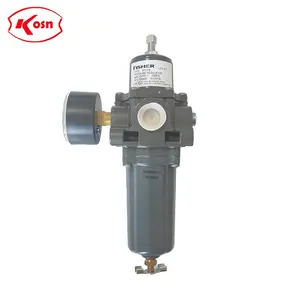


















The vacuum actuator valve is a critical component in various systems, designed to manage the flow and pressure within piping networks. These valves are pivotal in applications ranging from simple household water systems to complex industrial machinery. The versatility of vacuum actuators lies in their ability to interact with other system components, ensuring efficient operation and control.
Diverse in form and function, vacuum actuator valves cater to a broad spectrum of uses. In residential settings, they are integral to maintaining water hygiene through backflow preventers, while in agriculture, they regulate irrigation systems. Industrial applications are even more varied, with vacuum valve actuators playing a role in process control, often through the use of magnetic valves like the vacuum actuator solenoid valve.
The construction of a vacuum actuator valve is as important as its function. Materials range from durable metals to high-grade plastics, each selected for its ability to withstand the specific conditions of its intended use. Features may include responsiveness to temperature changes, as seen in thermostatic mixing valves, or the ability to handle high-pressure environments, a common trait among ball and butterfly valves.
The advantages of incorporating vacuum actuators into a system are manifold. They offer precise control over fluid dynamics, are designed for longevity, and can be tailored to meet the specifications of various applications. Notably, the egr cooler vacuum valve unit actuator exemplifies the specialized nature of these components, addressing specific emission control requirements in automotive applications, such as those found in an Audi A4 3.0 vacuum actuator.
Choosing the right vacuum actuator valve involves considering factors such as compatibility with the existing system, the material's suitability for the fluid or gas in question, and the operational environment. It is essential to evaluate the valve's capacity to handle the expected flow rates and pressures to ensure optimal performance and longevity.
Navigating the extensive array of vacuum actuator valves can be daunting. However, the selection process is streamlined on Alibaba.com, where a wide variety of valves are presented, allowing buyers to compare and identify the most suitable options for their specific requirements without the pressure of immediate purchase decisions.